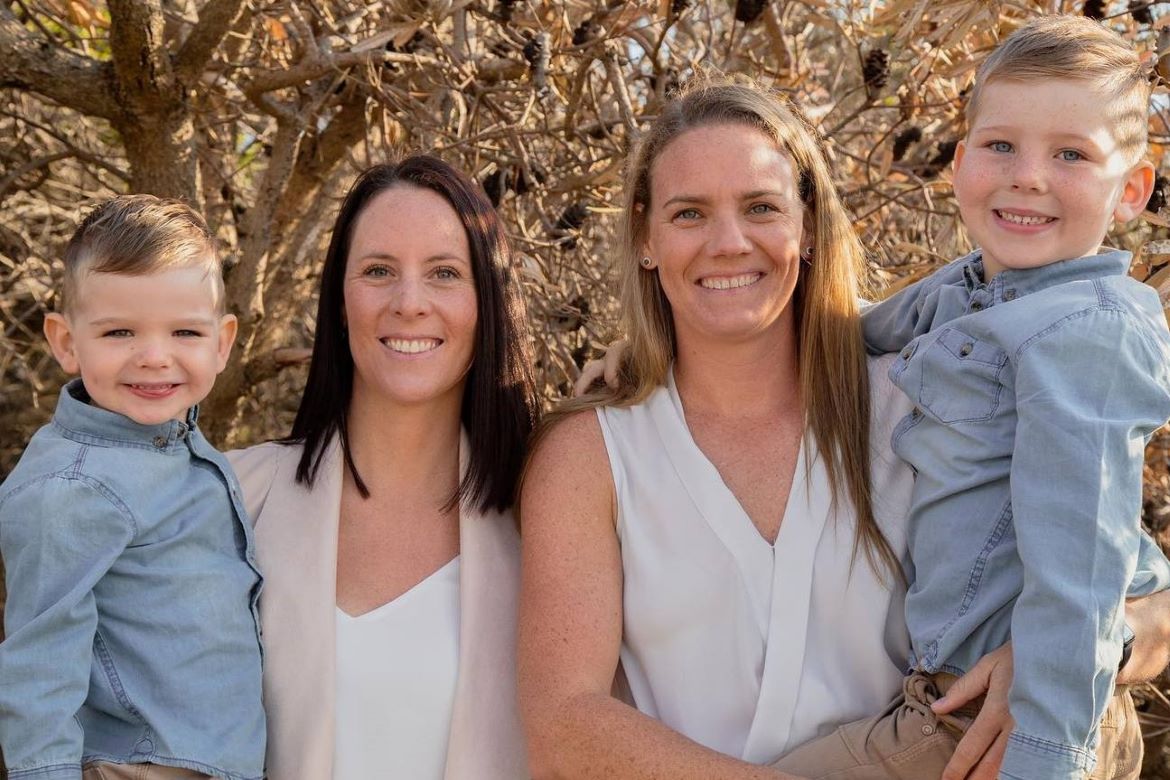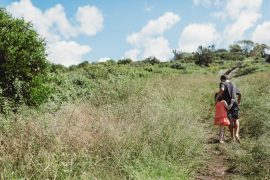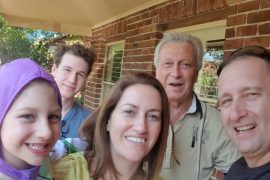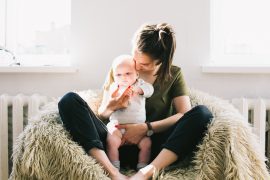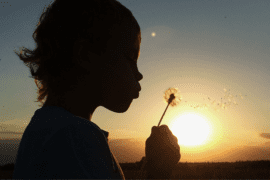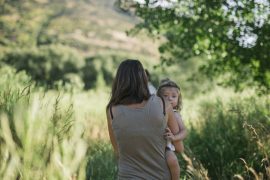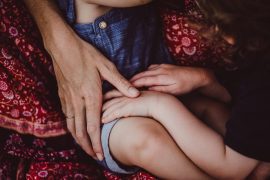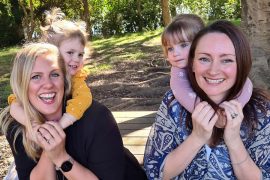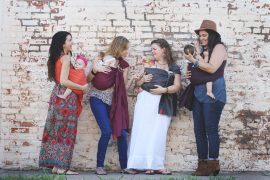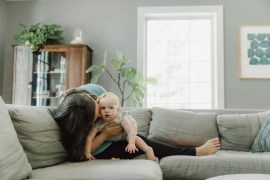By Lauren Knight
Our Story
As someone who felt a deep longing to be a mum from a very young age, I wasn’t going to let anything get in my way.
Sure, I fell in love with my best friend, a woman, at just 18 years old, but that didn’t stop me from working towards the goal of having a baby – in fact, I knew our destiny was to go down this path of parenthood together. At just 25 years old, we started the process of finding a donor and undergoing assisted reproduction.
It may sound cliché, but we always said, ‘when you know, you know’. You have got to keep on heading down your chosen path and never look back, especially when it feels so right.
On our first clinic visit to review donors, we felt like we hit the donor jackpot! Ka-ching! After being presented with five folders of potential donors, we both knew straight away when we found the right one for us. Mainly because he had the same features as my partner (blonde hair, blue eyes) and I was planning to carry our first baby. I wanted to incorporate my partner’s features so she could feel part of the process. The folder contained a hand-written letter, which he signed off as Will. That was the extent of the identifying information we had, and that was okay with us. Selecting an anonymous donor (or a de-identified donor) was important to us for personal (and maybe selfish) reasons – but we would still make the same decision today. Children born through the use of anonymous donors in Australia can seek to identify the donor once they reach 18 years old.
Long story short – because the best stories are – after the third round of intrauterine insemination (IUI), I fell pregnant with our first son, Landon. He is now an energetic, sporty, cheeky, and very mature 6-year-old! Trying to conceive our second child was a little more challenging.
The Donor Challenge
We had already pre-purchased and frozen the same donor sperm for my wife to use.
We had one round of IUI and two weeks later (yes, the dreaded two-week-wait) received the call to say it was not successful, but also that they could not continue treating her with the donor sperm due to there being no way to ensure it had not been used less than five times in NSW.
This was a legal requirement because the sperm came from an overseas clinic: only women who had already conceived a child with that donor would be permitted to proceed with it – i.e. ME.
According to the law, we were not considered a family at that time – and so both female parents were counted as two of the five recipients. There was no sure way to guarantee the limit had not been exceeded because there was no central donor registry that tracked the quantity of women who had conceived with the sperm.
We quickly realised the loophole of the century. As I had already carried a child with the donor, if my partner donated her eggs to me, I could then authorise the use of my donor sperm and carry the pregnancy. And that’s what we did. On the first round of intracytoplasmic sperm injection (ICSI), we were told we had enough eggs to start our own football team. We thought that was a good thing, right? 21 eggs were retrieved, and none of them survived past day three. After the third round of intracytoplasmic sperm injection (ICSI), we only had one grade three embryo to transfer. They transferred on day three because of the poor quality of the embryo; it had a better chance of surviving in the womb.

